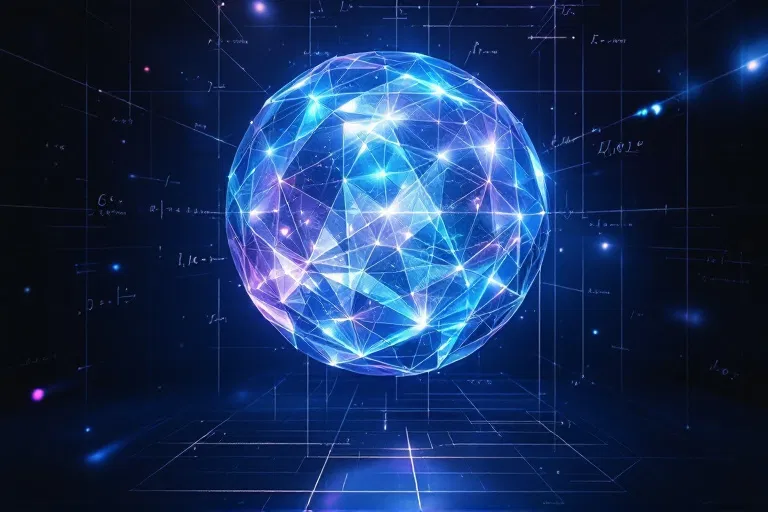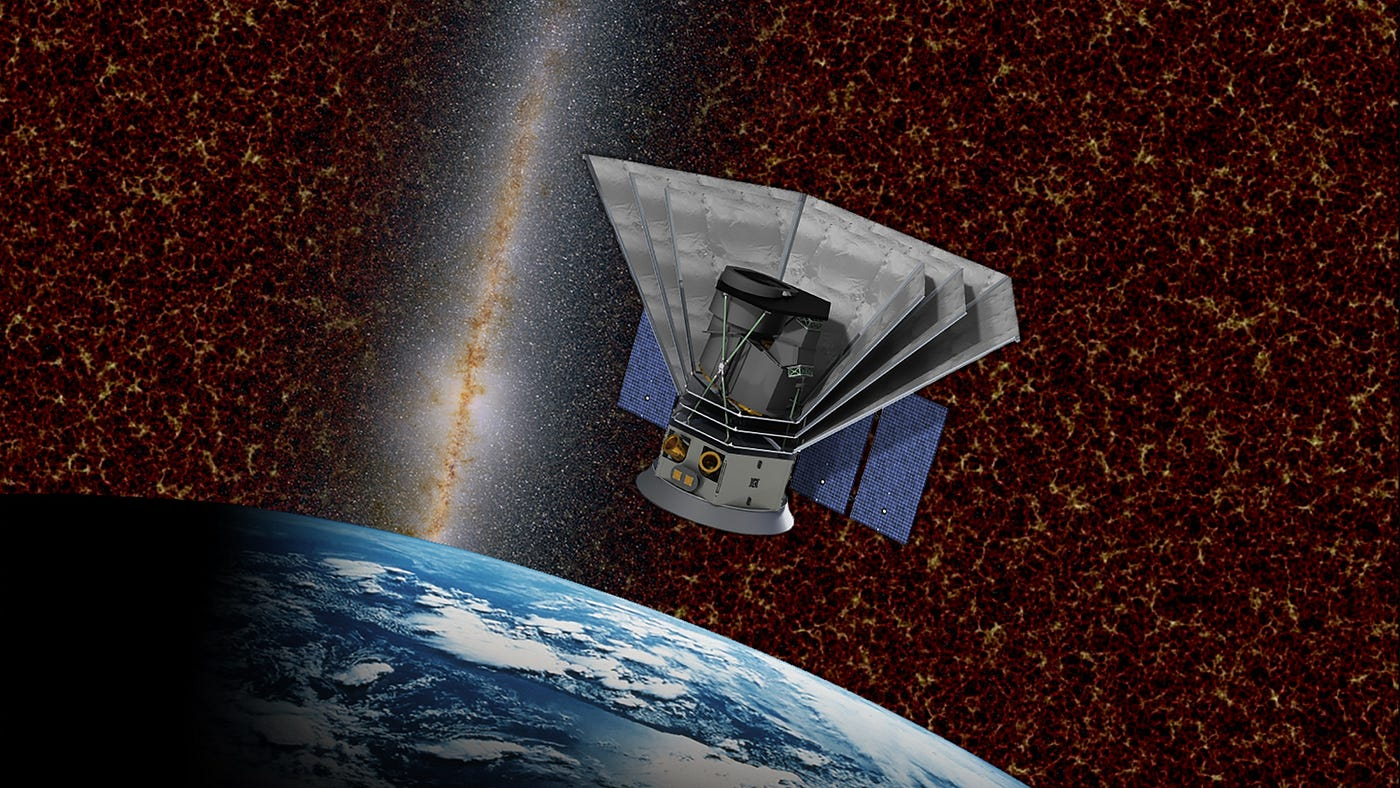In March 2025, physicists from Washington University in St. Louis, in collaboration with researchers from Harvard and MIT, announced the first successful creation of a time quasicrystal—a groundbreaking discovery that challenges traditional views of time in physics. Unlike time crystals, which exhibit time-translational symmetry by repeating motion in precise intervals, time quasicrystals possess structured—but non-repeating—oscillatory patterns. This novel phase of matter was realized by zapping a diamond—just one-millimeter across—with carefully tuned laser pulses, achieving complex temporal order unlike anything seen before.
This experiment represents more than a scientific curiosity—it opens doors to revolutionary applications in quantum computing and memory storage. Time quasicrystals can serve as exceptionally stable platforms for encoding information, operating like quantum analogs of RAM that can maintain coherence and resist decoherence longer than traditional systems. Researchers believe these patterns could underpin future quantum processors and ultra-sensitive sensors.
Beyond their technological potential, time quasicrystals compel us to rethink fundamental physical laws—particularly the nature of time, symmetry, and thermodynamics. They exemplify a new frontier in condensed matter physics: non-equilibrium phases of matter that remain perpetually dynamic without external energy. As physicists continue to probe these oscillatory states, we may soon uncover even deeper insights into the behavior of complex quantum systems.







